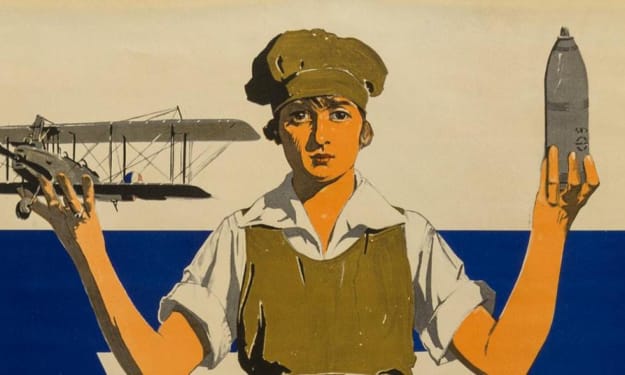Airlifting troops to tanks, artillery to radar: No let-up in IAF operations in eastern Ladakh
Since 2020, the IAF’s C-17 Globemaster III and the C-130 J Super Hercules have been undertaking multiple sorties to transport troops and military equipment to the forward bases.

The Indian Flying corps (IAF) has transported almost 70,000 Armed force troops and weighty stages like tanks, gunnery firearms and BMPs weighing more than 9,000 tons as a component of endeavors towards upgrading the generally speaking functional readiness in eastern Ladakh since India and China entered a tactical deadlock along the Line of Genuine Control (LAC) a long time back, most recent evaluations show.
As per authorities, the enormous vehicle tasks sent off by the IAF in the quick repercussions of the Galwan Valley conflicts prompted enlistment of numerous divisions of Armed force troops — assessed to be north of 68,000 — as well as essential transport more than 300 BMPs, around 100 tanks and ordnance firearms totalling a heap north of 9,000 tons.
The refreshed subtleties come as the tactical deadlock among India and China along the LAC in eastern Ladakh has entered its fourth successive year. Regardless of broad strategic and military conversations between the different sides — prompting separation at the post-2020 grinding focuses and formation of cushion zones there — an expected 50,000-60,000 soldiers remain sent on the two sides of the India-China boundary and India has essentially increase foundation advancement along the LAC.
In addition, heritage issues along the LAC, for example, Depsang Fields and Demchok proceed to persevere, and some of them will be examined in the nineteenth round of India-China military discussions planned Monday.
An authority said the IAF's vehicle activities in eastern Ladakh additionally incorporate carrier of other basic IAF resources, for example, radars and surface-to-air directed weapon frameworks to the forward areas in eastern Ladakh.
"This prompted their fast organization and in general, a huge scope transport of resources was completed in a brief timeframe, which was almost 1.5 seasons of what is normally finished. With the essential carrier capacity of the IAF's helicopter and transport resources, the change time was fundamentally diminished," the authority said.
Beginning around 2020, the IAF's C-17 Globemaster III and the C-130 J Super Hercules have been embraced numerous forays to ship troops and military gear to the forward bases.
As per authorities, IAF helicopters were instrumental in conveying radars in distant and assumed a basic part in the support of garrisons at forward areas by routinely providing extras and proportions.
The IAF had sent its Apache assault helicopters to the district for offering any vital strategic help to the soldiers as well as the Chinook weighty lift helicopters to convey men and weighty hardware. Visuals of a Chinook lifting a pre-assembled cover for the soldiers had likewise arisen at that time.Two natively made Light Battle Helicopters were likewise sent in the Ladakh area in 2020.
The helicopters, which worked in outrageous circumstances, were likewise pivotal in loss clearing and the monstrous framework building exercises in the district.
"In addition to the fact that they completed the recce of arranged streets and different destinations for laying of scaffolds and passages yet in addition aided other continuous framework building projects which has been increased over the most recent three years," an authority said.
As a component of the framework push, a few helipads are being built and existing high level landing grounds, for example, the one in Nyoma are being updated for contender tasks.
"The air safeguard network was essentially fortified over the most recent three years with the organization of radars at forward areas which are monitored via air fighters nonstop. This aides in observing any adversary airborne movement continuously," the authority said.
Not long after May 2020, the IAF had likewise sent the Rafale, Su 30 MKIs, Delusion 2000s and MiG-29s among other warrior jets in eastern Ladakh to complete standard battle air watches and project a hostile stance in the main part of the deadlock. For example, the IAF prepared its MiG-29 contenders with the capacity to fly around evening time from the Leh airbase, empowering the planes to direct the full range of tasks at the LAC at a short notification.
Alongside a scope of Remotely Guided Airplane (RPA) conveyed by the IAF for continuous insight assembling and directing electronic observation along the LAC, a portion of the warrior jets were likewise sent for Knowledge Observation Surveillance (ISR) jobs.
As per authorities, the choice to move a few contender planes to Leh and close by bases were essential to handle any possibilities that might have sprung up soon after the Galwan Valley conflicts when pressures were running intense along the LAC.
In June last year, there was an occasion of an air infringement by China in eastern Ladakh. A Chinese airplane was viewed as flying hazardously near the LAC - an issue which was examined in the ensuing sixteenth round of military discussions among India and China. The two sides had chosen to illuminate each other ahead of time regarding any air action they would design.







Comments
There are no comments for this story
Be the first to respond and start the conversation.